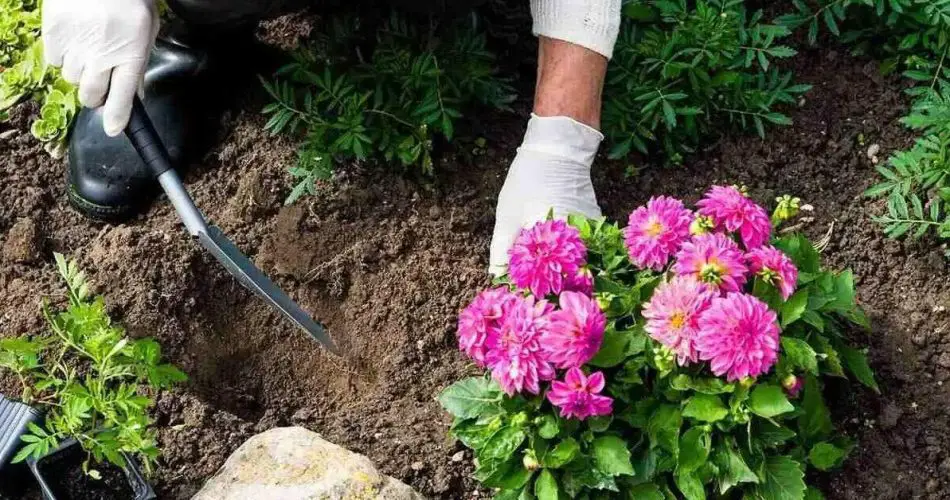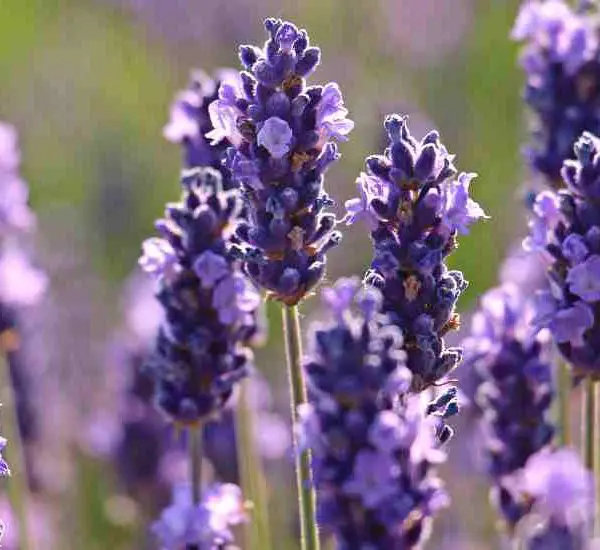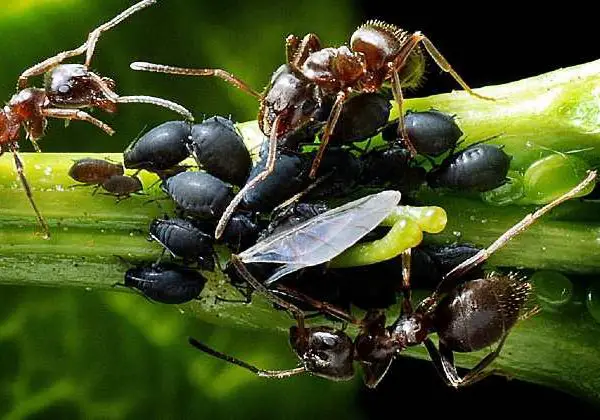Want to add a touch of color and delicate scents to your garden? Need to enhance your driveway or the sidewalk around your home? Rely on border flowers to give your exterior more structure, color, and dimension. This is a secret of skilled gardeners who use these flowers to enhance the landscape and attract pollinators. But which flowers should you choose for a natural border? Here is a selection of 12 beautiful perennials that will bloom for a long time.
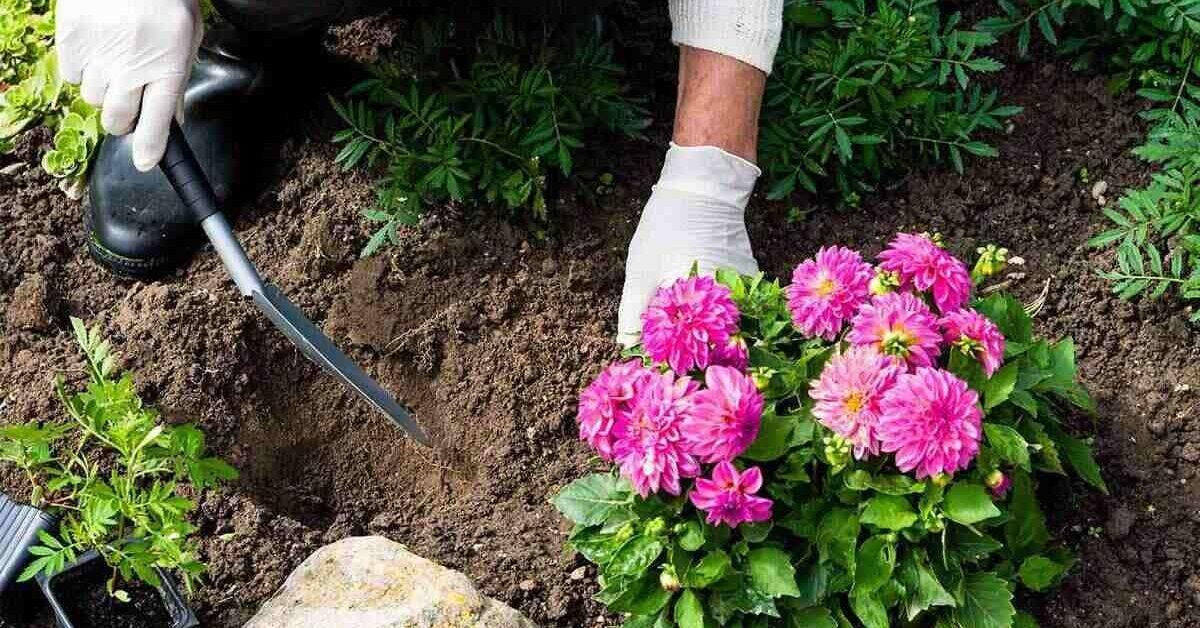
What Are Some Perennial Border Plants That Bloom All Year Round?
Border flowers play an essential role in gardens: they define space, amplify landscape lines, beautify the ground with plant arrangements, and add a touch of abundance to garden paths. To achieve a harmonious appearance, choose beautiful annuals and perennials that enhance the natural environment while offering an attractive landscape decor.
1. Begonia (Begonia)
- Sun Exposure: Semi-shaded
- Soil Type: Moist, well-drained, average to rich
- Soil pH: Acidic (5.5-6.5)
This iconic flower among annual bedding plants is prized for its early bloom, large reddish flowers, and vigorous growth. Although not cold-hardy, begonias thrive in hot, humid summers. Depending on the variety, flowers come in white, pink, red, and even bronze foliage. They need some sun but thrive best in shaded areas. Varieties with bronze leaves can tolerate more sun.
2. Hylotelephium
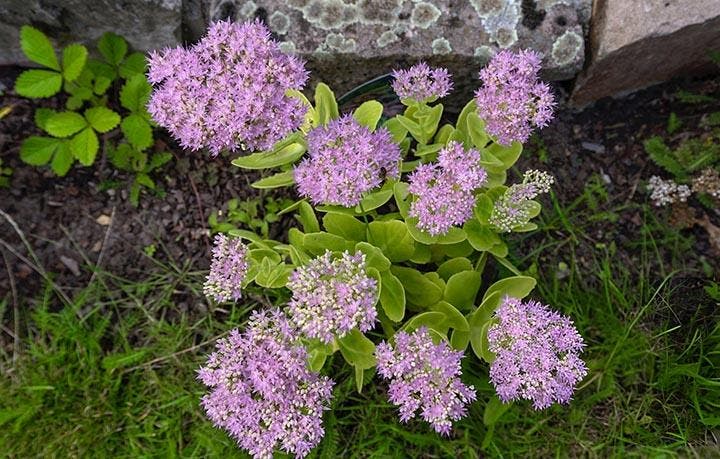
- Sun Exposure: Full sun
- Soil Type: Dry to average, well-drained, average to low fertility
- Soil pH: Slightly acidic to moderately alkaline (6.0-7.5)
This elegant perennial tolerates heat, drought, and poor soils. Some species are upright while others sprawl, making them suitable as ground cover or border plants. They produce dense foliage and colorful bouquets in summer. Pink, lavender, or red flowers are particularly attractive to butterflies.
3. Lavender
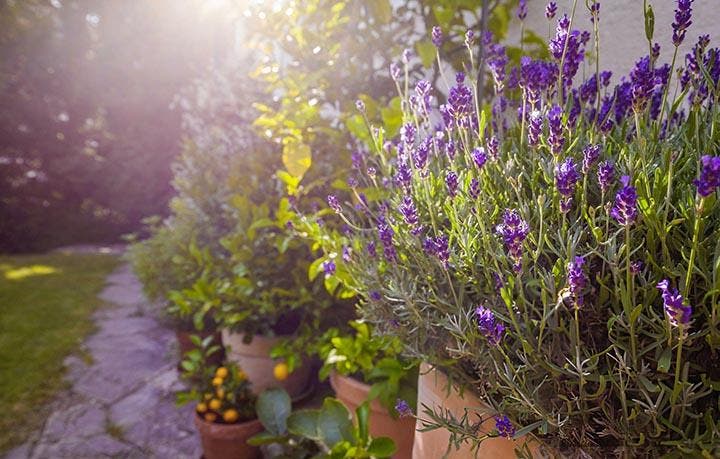
- Sun Exposure: Full sun
- Soil Type: Dry or stony, acidic or chalky, well-drained
- Soil pH: Neutral to slightly alkaline (6.5-8.0)
Lavender adds a romantic touch to any path with its dense foliage and fragrant spikes of flowers. It attracts pollinators and tolerates heat and humidity, making it ideal for southern gardens. Lavender is perfect for delimiting raised beds or adorning a terrace wall. Ensure good drainage to avoid excess water.
4. Yarrow (Achillea millefolium)
- Sun Exposure: Full sun or partial shade
- Soil Type: Dry to medium, draining, stony
- Soil pH: Slightly acidic to neutral (5.5-7.5)
Ideal for marking out garden paths, yarrow thrives in dry soils and tolerates heat, humidity, and drought. Its bushy foliage and vibrant flowers in red, yellow, pink, and orange attract butterflies, bees, and beneficial insects. The long flowering period extends from late spring to autumn.
5. Moss Phlox (Phlox subulata)
- Sun Exposure: Full sun to partial shade
- Soil Type: Sandy or clayey, well-drained
- Soil pH: Slightly acidic to neutral (5.5-7.5)
This perennial blooms in spring with colorful, fragrant flowers that cover needle-like foliage. Moss phlox is perfect for edging woodland gardens and stone paths with its vibrant pink, white, purple, and violet hues.
6. Morning Glory (Evolvulus glomeratus)
- Sun Exposure: Full sun (blooms open with morning sun and close at dusk)
- Soil Type: Moist, rich, well-drained
- Soil pH: Slightly acidic to neutral (6.0-7.5)
Morning Glory adds a boost to sunny flowerbeds with its vibrant blue blooms from summer to fall. This heat-loving plant requires direct sunlight and fertile, well-drained soil. It features lush foliage and is virtually pest-free.
7. Speedwell
- Sun Exposure: Full sun, light partial shade
- Soil Type: Average to moist, fresh, well-drained
- Soil pH: Acidic to neutral (5.8-7.5)
Speedwell is a hardy, shrubby plant with evergreen foliage and colorful spike-shaped flowers in shades of purple and blue. It adds a beautiful vertical structure to borders and is resilient to deer and rabbit browsing.
8. Daylily
- Sun Exposure: Full sun for light leaves, partial shade for dark varieties
- Soil Type: Rich, not too dry, well-drained
- Soil pH: Slightly acidic to neutral (6.0-7.0)
Daylilies bring texture and movement to garden borders with their gracefully arching foliage and vibrant flowers. They tolerate drought and heat, making them ideal for south-facing gardens. Their large flowers come in a range of colors, including yellow, orange, and purple.
9. Catnip (Nepeta cataria)
- Sun Exposure: Full sun or light shade
- Soil Type: Dry to medium, calcareous, sandy, clayey, well-drained
- Soil pH: Slightly acidic to neutral (6.0-7.8)
Catnip, also known as the “Cat Tree,” features soft gray-green foliage and purple flowers. This herbaceous plant covers sidewalks and driveways, adding structure to formal designs. It also acts as a natural mosquito repellent and attracts bees and butterflies.
10. Ageratum
- Sun Exposure: Full sun to partial shade
- Soil Type: Moist, well-drained, rich
- Soil pH: Slightly acidic to neutral (6.0-7.0)
Ageratum blooms from spring until frost, attracting butterflies with its vibrant pompom-shaped flowers in purple, blue, and pink. It looks great along paths, borders, and patios. Shorter varieties thrive best in light afternoon shade.
11. Geranium “Rozanne”
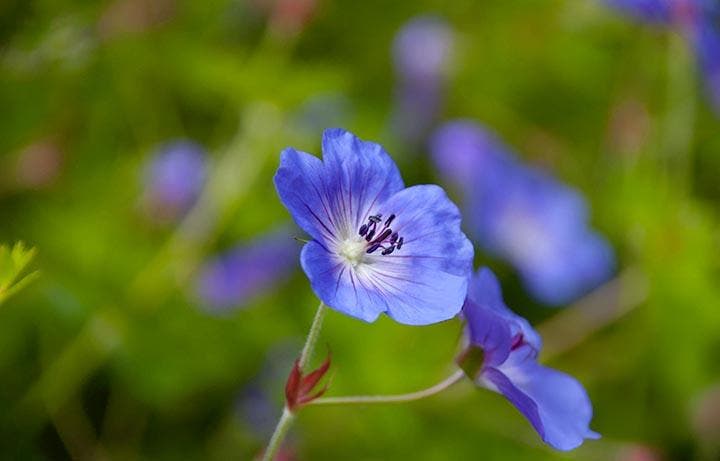
- Sun Exposure: Full sun to partial shade
- Soil Type: Average, well-drained
- Soil pH: Slightly acidic to slightly alkaline (5.5-8.5)
Known for its excellent heat tolerance and virtually unlimited blooms, Geranium “Rozanne” forms a vibrant carpet of blue-violet flowers. It can bloom for up to 6 months and prefers full sun but can tolerate some afternoon shade.
12. Maritime Armory (Armeria maritima)
- Sun Exposure: Full sun
- Soil Type: Dry, sandy, light, well-drained
- Soil pH: Acidic to neutral (4.5-7.0)
This evergreen perennial is frost-resistant and drought-tolerant. It produces bubblegum pink flowers in spring and occasionally reblooms in summer. It forms a dense clump of foliage, making it ideal for planters or edging flagstone paths.
How to Prolong the Flowering of Perennial Border Flowers
With proper management and maintenance, many perennials can bloom for extended periods. Good fertilization and adequate sunlight can prolong flowering for weeks or even months!
- Removing Faded Flowers: Eliminating dead flowers can rejuvenate the plant, encouraging continued blooming. This helps maintain vigor and beauty and promotes new flower production.
- Winter Protection: Protect fragile plants from low temperatures by insulating them with burlap, old blankets, or straw. This creates a protective layer against frost and ensures the plants’ survival through the winter.
FAQ
What Flowers Last All Summer?
Consider these flowers for a vibrant summer display:
- Aster
- Lantana
- Verbena
- Zinnia
- Hibiscus
- Amaranth
- Purple Echinacea
Which Perennial Plants Bloom the Longest on the Terrace?
For terraces, choose perennials with long flowering periods to add a colorful touch and attract pollinators:
- Geranium
- Catnip
- Black-eyed Susan
- Daylily
